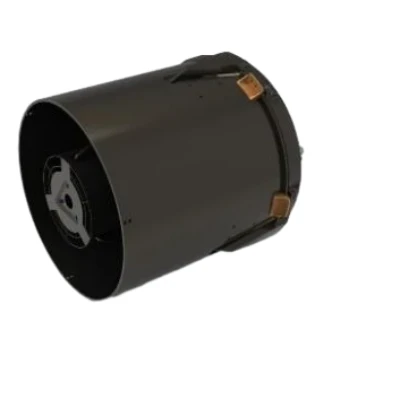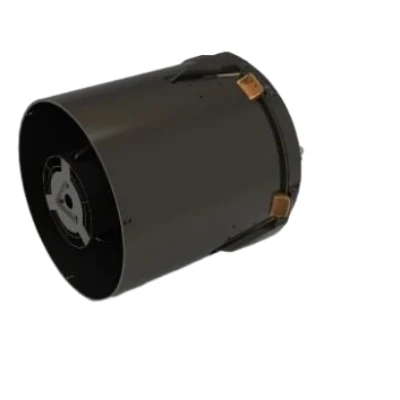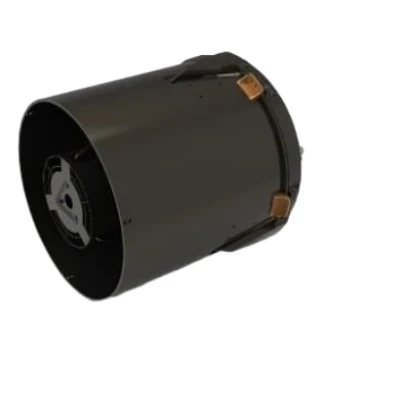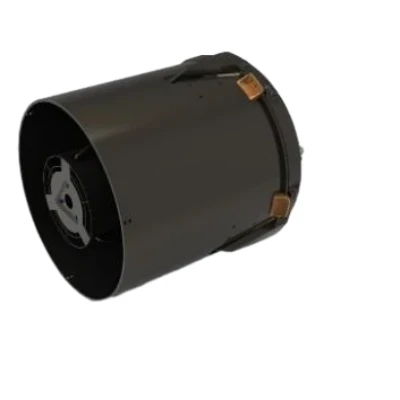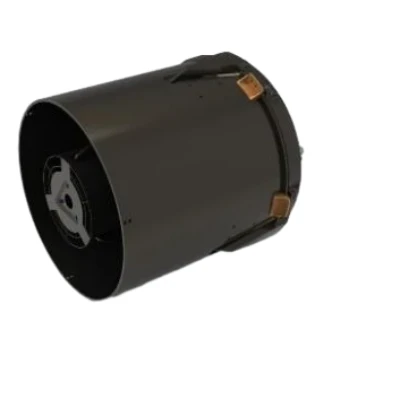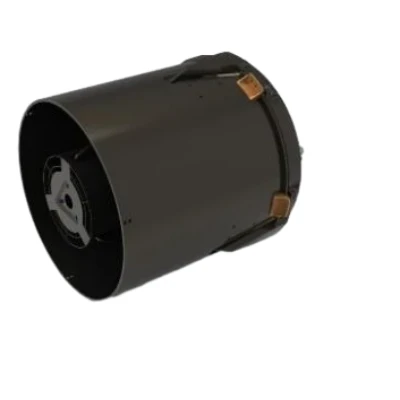
- umAfrika
- Isi-Albania
- Isi-Amharic
- Isi-Arabhu
- Isi-Armenian
- Isi-Azerbaijani
- Isi-Basque
- IsiBelarusian
- Isi-Bengali
- Isi-Bosnia
- IsiBulgaria
- IsiCatalan
- Cebuano
- China
- IsiCorsican
- IsiCroatia
- IsiCzech
- IsiDanish
- IsiDashi
- IsiNgisi
- Isi-Esperanto
- Isi-Estonian
- IsiFinnish
- IsiFulentshi
- IsiFrisian
- IsiGalicia
- IsiGeorgia
- IsiJalimane
- isiGreki
- IsiGujarati
- IsiCreole saseHaiti
- IsiHausa
- isi-hawaiian
- IsiHebheru
- Cha
- Miao
- IsiHungary
- Isi-Icelandic
- igbo
- Isi-Indonesian
- i-irish
- IsiNtaliyane
- IsiJapane
- Isi-Javanese
- Isi-Kannada
- kazakh
- I-Khmer
- OwaseRwanda
- IsiKorea
- IsiKurdish
- IsiKyrgyz
- Umsebenzi
- IsiLatini
- Isi-Latvian
- IsiLithuanian
- Isi-Luxembourgish
- IsiMacedonian
- Isi-Malagasy
- Isi-Malay
- Isi-Malayalam
- IsiMaltese
- IsiMaori
- IsiMarathi
- IsiMongolia
- eMyanmar
- IsiNepali
- IsiNorwegian
- IsiNorwegian
- Isi-Occitan
- Isi-Pashto
- isiPheresiya
- IsiPolish
- IsiPutukezi
- IsiPunjabi
- IsiRomania
- IsiRashiya
- IsiSamoa
- IsiScottish Gaelic
- IsiSerbia
- IsiNgisi
- IsiShona
- Sindhi
- IsiSinhala
- IsiSlovak
- IsiSlovenian
- eSomalia
- ISpanishi
- IsiSundanese
- IsiSwahili
- IsiSwidi
- IsiTagalog
- Isi-Tajik
- IsiTamil
- IsiTatar
- Isi-Telugu
- IsiThai
- IsiTurkey
- IsiTurkmen
- Isi-Ukraine
- Isi-Urdu
- Isi-Uighur
- Isi-Uzbek
- IsiVietnamese
- Isi-Welsh
- Usizo
- Isi-Yiddish
- IsiYoruba
- Zulu
What Is Remote Sensing in Geography: Exploring the Science of Earth Observation
Understanding what is remote sensing in Geography is fundamental to appreciating how modern science observes and analyzes the Earth’s surface and environment. Remote sensing refers to the acquisition of information about objects or areas from a distance, typically through satellites or aircraft equipped with specialized sensors. In Geography, this technology is essential for mapping, monitoring, and analyzing natural and human-made features, supporting sustainable development and environmental management. This article delves into the concept of what is remote sensing in Geography, discusses its application of remote sensing, explores relevant remote sensing data examples, explains the remote sensing process, and highlights the advantages of remote sensing. We will also look at the various types of remote sensing and the impact of very high-resolution satellite imagery free on geographic studies.
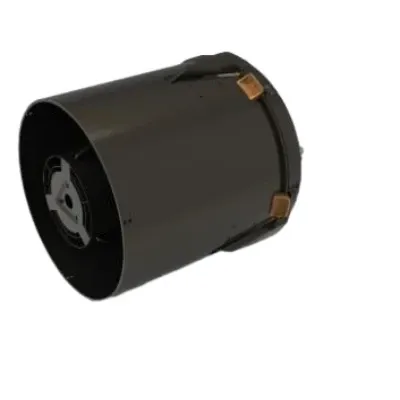
Defining Remote Sensing in Geography
What is remote sensing in Geography? It is the science and practice of collecting data about the Earth's surface without physical contact. Geographers utilize satellite and aerial imagery to observe landforms, vegetation, water bodies, urban areas, and atmospheric conditions. This technology enhances traditional geographic methods by providing spatially comprehensive and timely data.
Remote sensing allows geographers to analyze spatial patterns and processes at local, regional, and global scales. For example, satellite images can track deforestation in the Amazon, urban sprawl in megacities, or changes in glacier extents over decades. These insights inform environmental policies, resource management, and urban planning.
Application of Remote Sensing in Geography
The application of remote sensing in Geography is diverse. Land use and land cover mapping is one of the primary uses, helping classify areas into forests, agricultural lands, urban zones, and wetlands. This classification supports monitoring environmental changes, urbanization trends, and habitat fragmentation.
Geographers also use remote sensing to study natural hazards like floods, earthquakes, and landslides. Access to real-time satellite imagery free enables rapid assessment and response. Furthermore, climate change studies benefit from long-term satellite data tracking temperature, vegetation health, and ice cover changes.
Geographic Information Systems (GIS) often integrate remote sensing data for spatial analysis, modeling, and visualization. This combination facilitates better decision-making in natural resource management, disaster risk reduction, and sustainable development.
Remote Sensing Data Examples Relevant to Geography
Various remote sensing data examples are critical to geographic studies. Multispectral and hyperspectral images provide detailed information on vegetation types and health. SAR data offers insights into surface roughness and soil moisture, important for agricultural and hydrological studies.
Thermal infrared imagery detects urban heat islands and volcanic activity, while LiDAR data creates precise elevation models, essential for terrain analysis and urban planning.
The availability of very high-resolution satellite imagery free through platforms like Google Earth enhances geographers’ ability to examine fine-scale spatial features, from individual buildings to small water bodies.
Understanding the Remote Sensing Process in Geographic Research
The remote sensing process involves data acquisition by sensors, transmission to ground stations, preprocessing to correct errors, image processing and classification, and finally interpretation and application. In geography, this process ensures that satellite data accurately represents Earth's surface and can be used for spatial analysis.
Preprocessing steps like atmospheric correction and geometric alignment are crucial for maintaining data quality. Image classification techniques categorize land cover types, aiding thematic mapping. Change detection methods monitor temporal variations, such as urban growth or deforestation.
Advantages of Remote Sensing for Geographic Studies
The advantages of remote sensing in Geography are profound. Remote sensing provides spatially extensive and repetitive data collection, overcoming the limitations of ground surveys. It enables monitoring of inaccessible or dangerous regions, like polar areas or conflict zones.
Timely satellite data supports disaster management and environmental monitoring. The multispectral capabilities of remote sensing allow detection of phenomena invisible to the naked eye, enriching geographic analyses.
Integration with GIS facilitates comprehensive spatial modeling and visualization, enhancing decision support systems in urban planning, agriculture, and conservation.
Conclusion
In summary, what is remote sensing in Geography encompasses the science and technology of acquiring and interpreting satellite and aerial data to understand Earth’s surface and processes. The application of remote sensing spans land use mapping, natural hazard monitoring, climate change studies, and more.
Access to diverse remote sensing data examples, mastery of the remote sensing process, and appreciation of the advantages of remote sensing empower geographers to conduct detailed spatial analyses. The availability of very high-resolution satellite imagery free continues to enhance the precision and scope of geographic research.
As remote sensing technologies evolve, their role in Geography will only grow, fostering better understanding and management of our dynamic planet.
Lesi isihloko sokuqala






